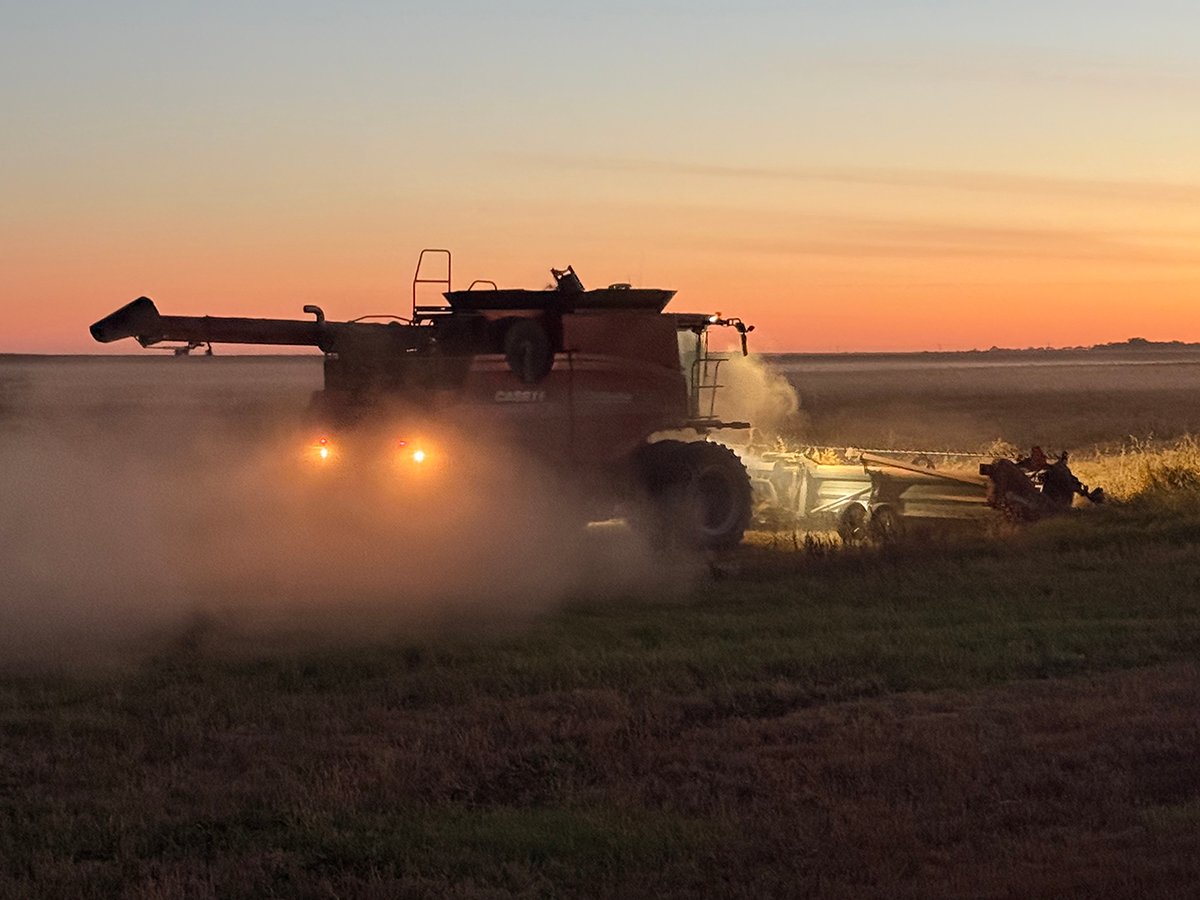Alan Guebert is an Illinois farm journalist.
It’s late in the game and not one line of the final 1995 U.S. Farm Bill has been put to paper. Despite promises to have it drafted by June, Congress remains clueless as to what the legislation specifically will include, exclude or even preclude.
Farmers have a pretty solid idea, though: The new farm bill will hit them hardest in the softest part of their anatomy – their wallets.
This general suspicion is confirmed in a raft of new economic analyses published in the July flotilla of farm magazines. The studies show that proposed cuts in farm programs will undermine farm income and take huge bites, and in some cases, totally consume livestock farmers’ net worth.
Read Also

Downturn in grain farm economics threatens to be long term
We might look back at this fall as the turning point in grain farm economics — the point where making money became really difficult.
The most shattering of these studies is found in the June/July issue of Farm Journal’s Dairy Today magazine. Titled “Apocalypse Maybe,” editor Jim Dickrell maps out the economic swamp where most dairymen will be marooned if Congress erases some or all of three current federal dairy programs – price supports, the Dairy Export Incentive Program and Federal Milk Market Orders.
According to Bob Young, from the University of Missouri’s Food and Ag Policy Research Institute, which was commissioned by Congress to do the Farm Bill’s dairy analysis, leaving current programs untouched means 1996 U.S. milk prices will average $12.26 (U.S.) per cwt.
Axing milk price supports, however, drains 70-cents per cwt. from fluid prices immediately. If Congress then cuts the dairy export program, also, estimates Young, bulk tank prices collapse a total of $1 to $1.20 per cwt.
Should Congress shoot the moon and cashier all three programs, the price plunge totals $1.40-$1.50 per cwt. Overall, guesses Young, if the Big Three of dairy programs are zeroed out, 1996 milk prices will be $10.58 per cwt., not $12.26.
Companion stories in Farm Journal’s most recent issues of Hogs Today and Beef Today detail the devastation that awaits red meat producers if another farm program, the feed grain program, is discontinued.
The Texas A & M analysis, also done under contract for the House and Senate ag committees, shows elimination of the feed grain program will likely “deal a blow to moderate-sized (hog) operations.”
For cattle producers, the cut is akin to “handing a drowning man a glass of water,” notes an A & M economist.
Drowning is precisely what American consumers are doing right now, says the June AgLetter of the Chicago Federal Reserve; drowning in vast supplies of cheap food that continues to get cheaper.
In 1993, “U.S. consumers spent over $617 billion on food,” writes economist Mike Singer, citing USDA data. “This was an increase of two-thirds from 10 years earlier.”
During the same period, disposable personal income rose nearly 88 percent. When adjusted for inflation, though, real income actually increased by about a third. This boost, notes Singer, still “exceeded the rise in real food spending.
“Consequently, the percentage of income spent on food continued to decline. The USDA estimates that Americans spent 11 percent of their disposable income for food in 1993, compared to 13 percent a decade earlier,” Singer says.
In short, U.S. dairy and red meat producers face an enormous shakeout in the coming decade if Congress cuts federal farm programs. Consumers will, however, in all likelihood spend fewer real dollars for food regardless of what Congress does.
Before the Farm Bill is written, one hopes ag committee members spend part of their upcoming three-week August break reading the frightening, real-life analyses from Texas A & M.
After all, they bought and paid for them.
















